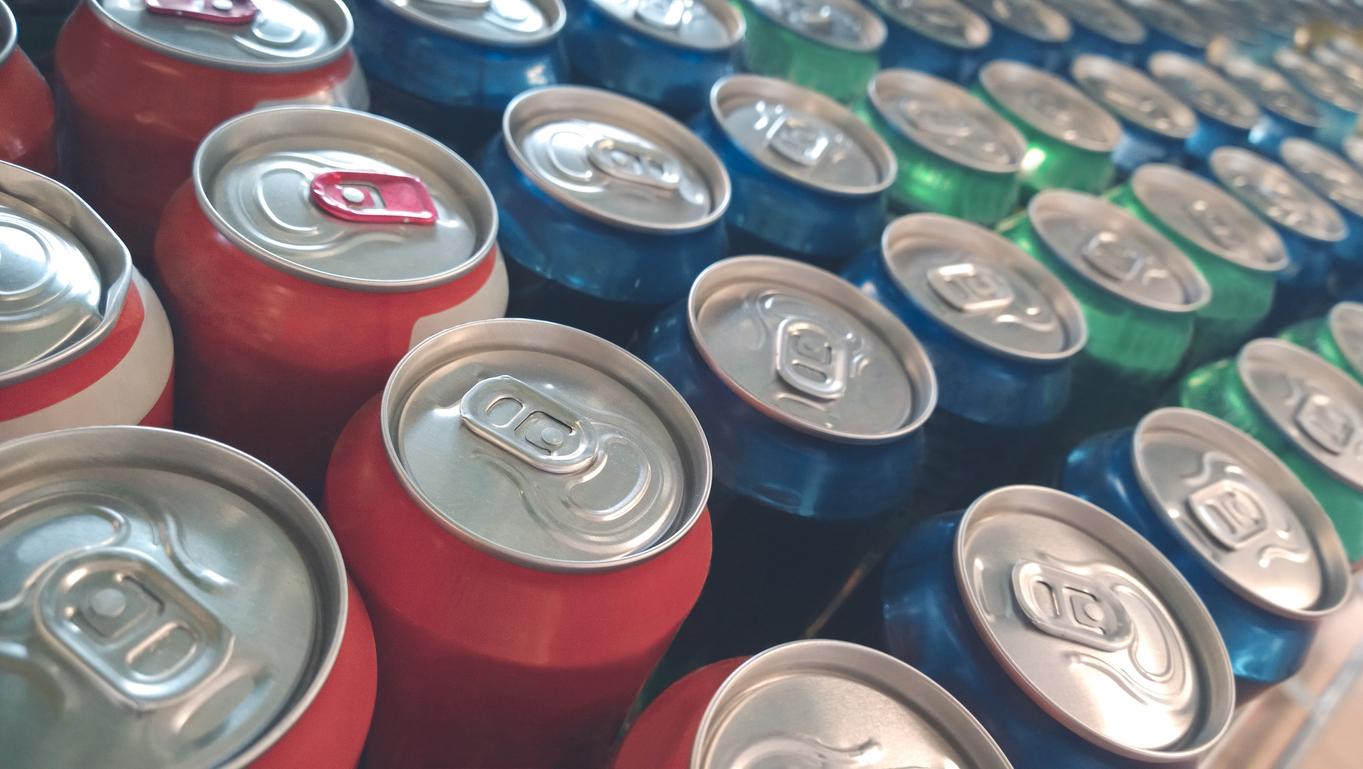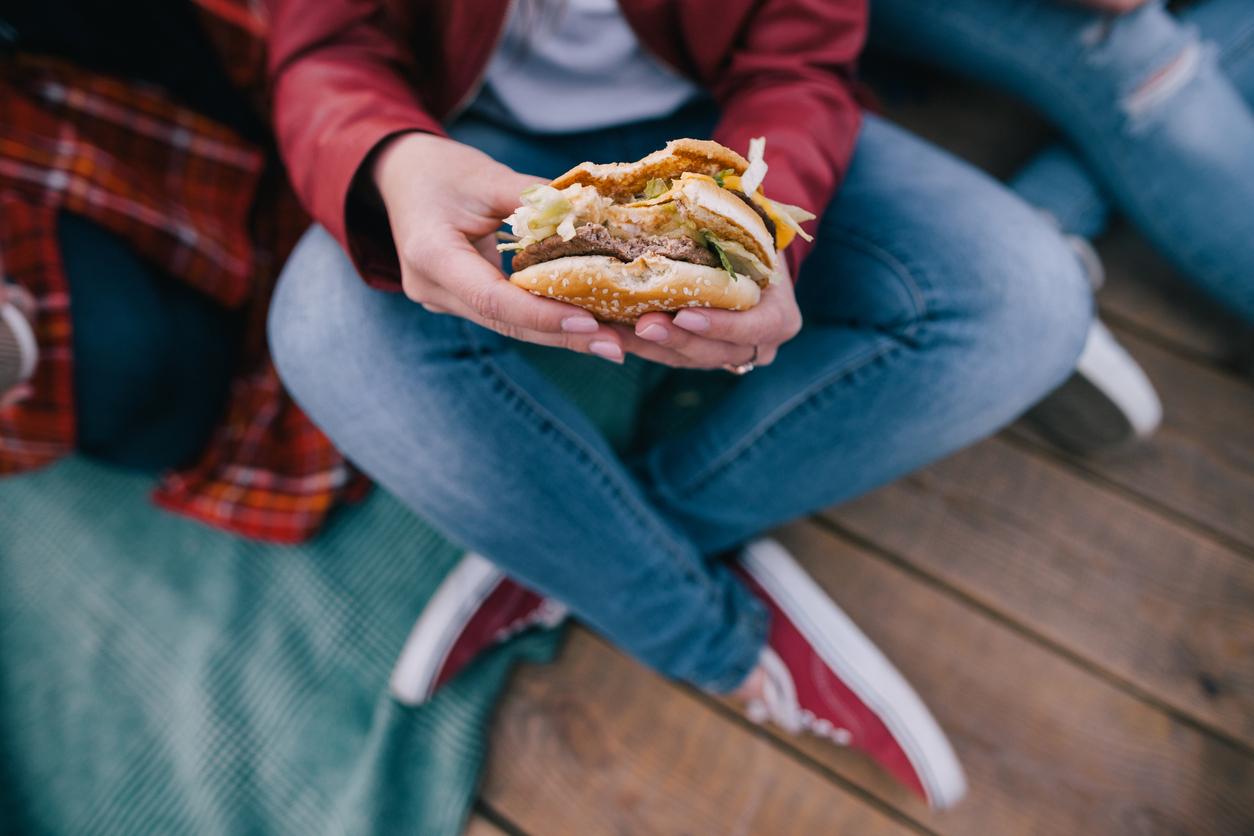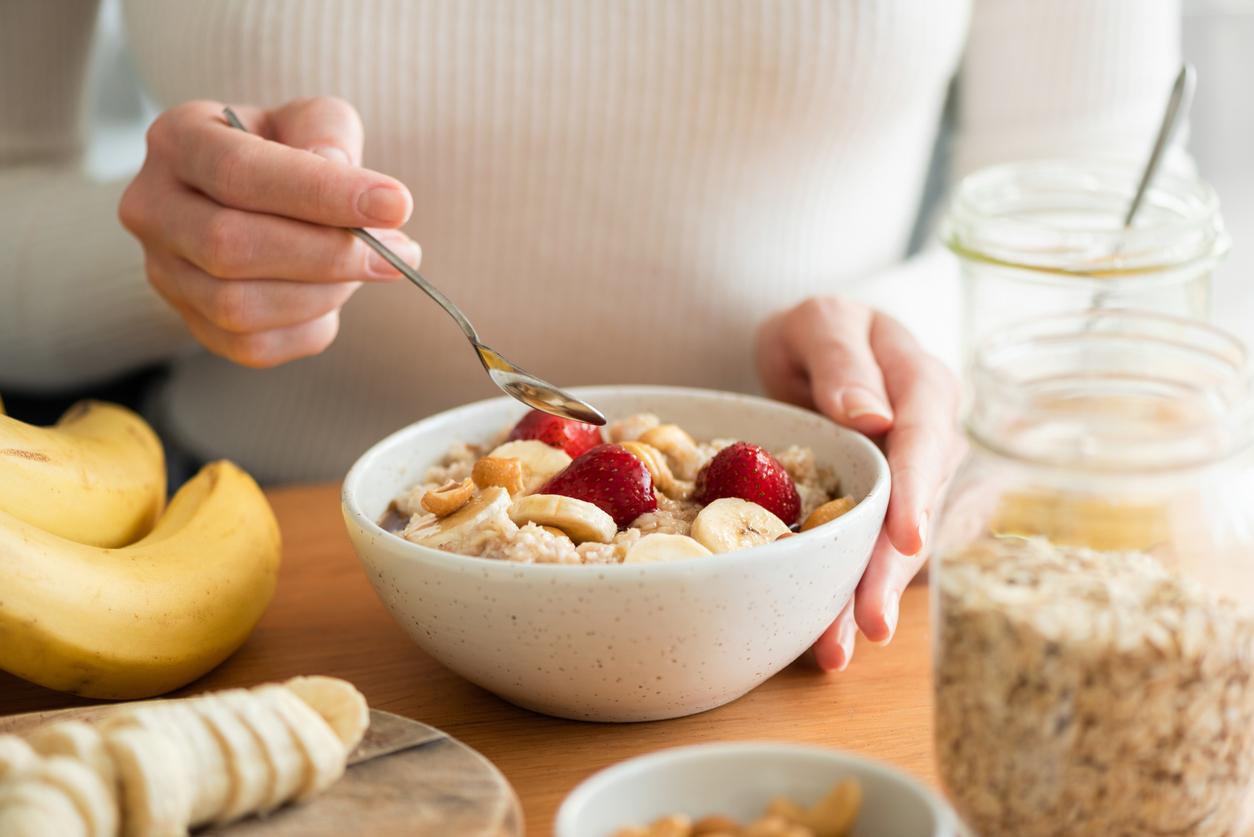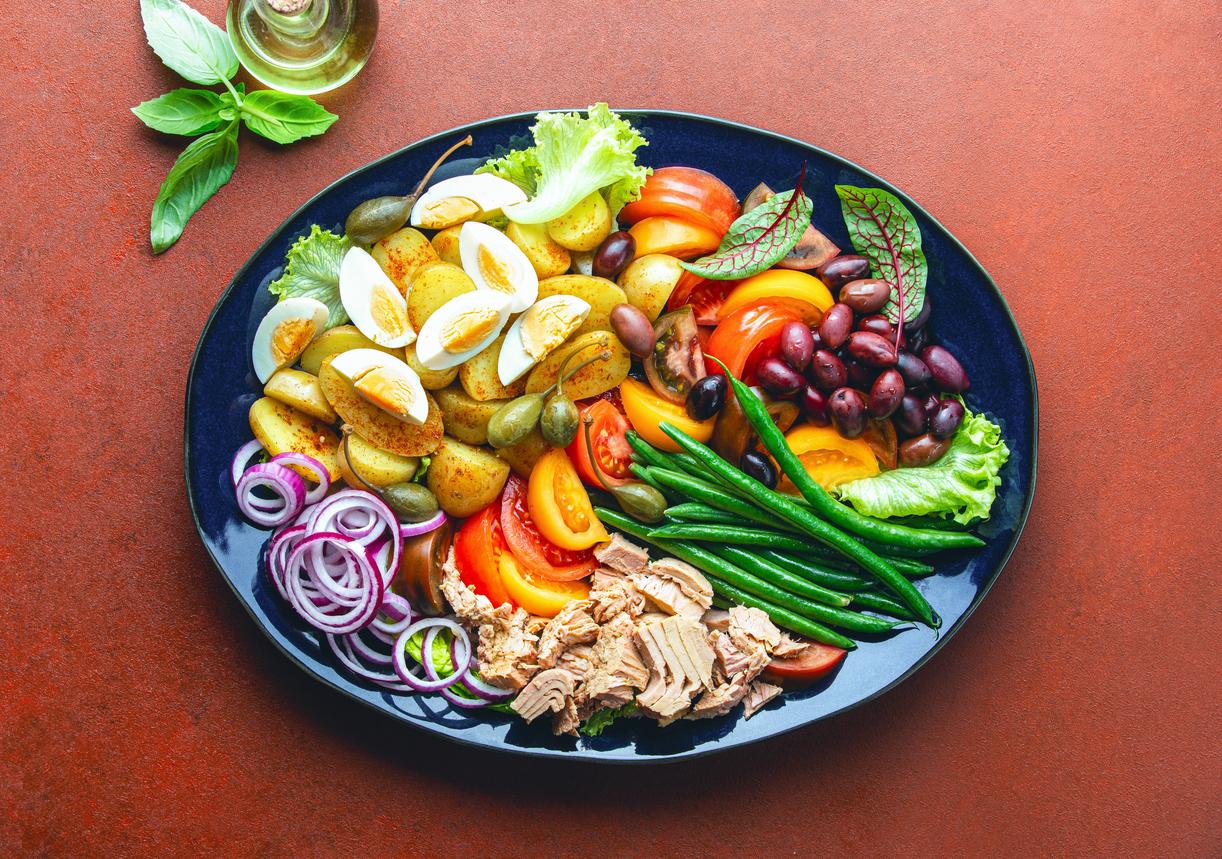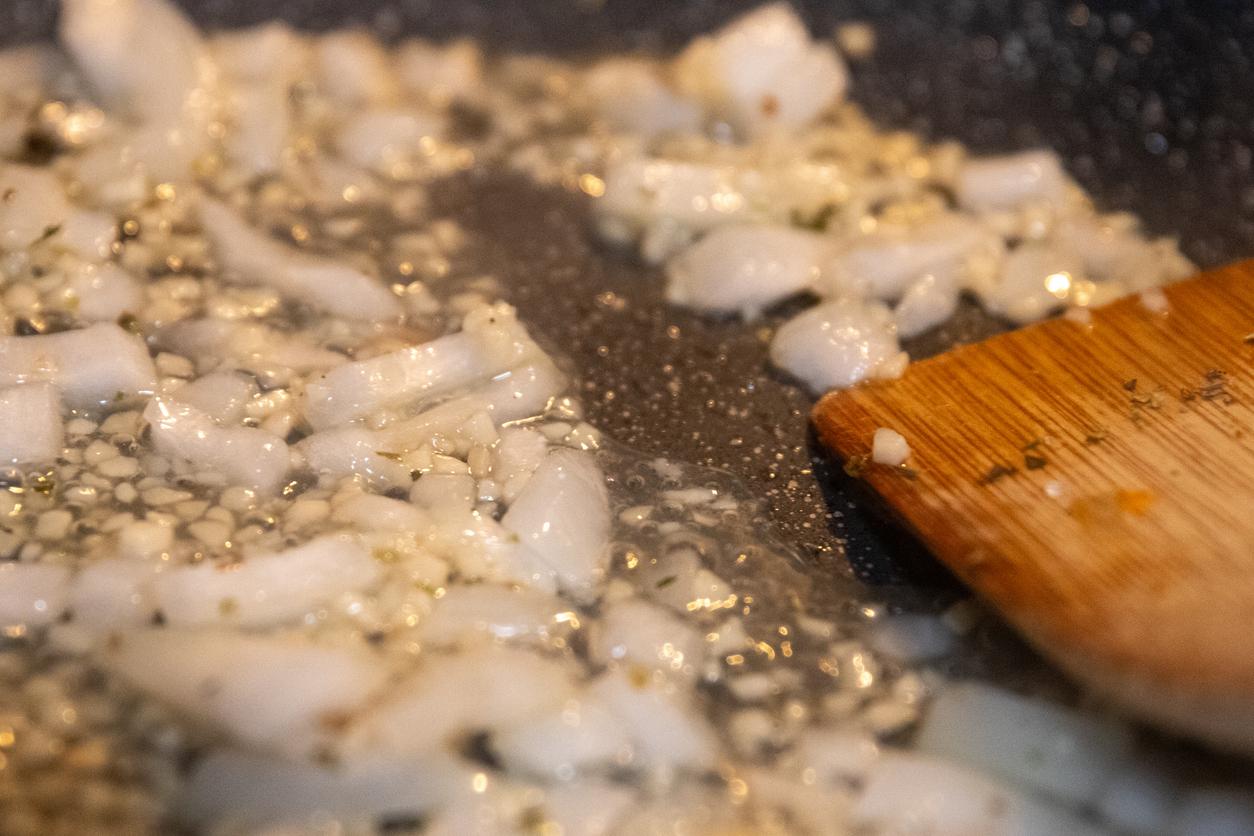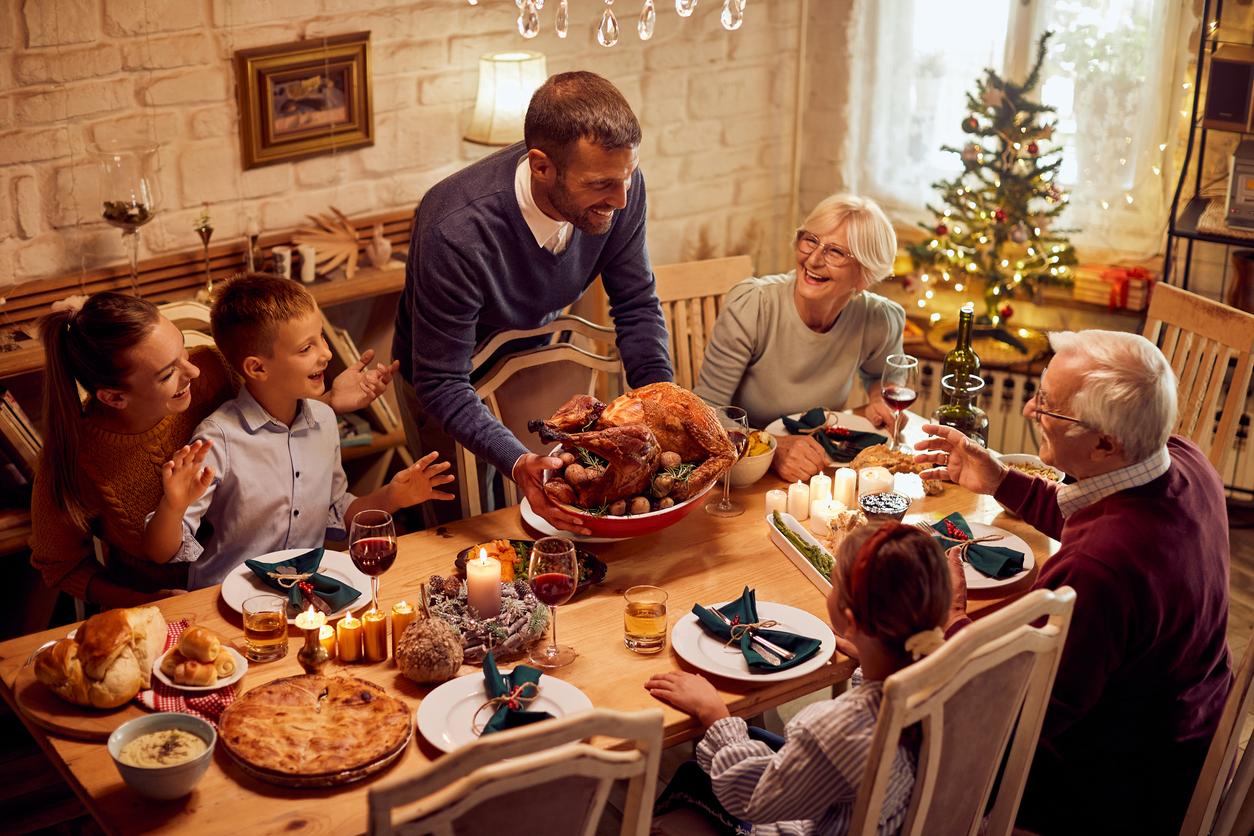“L’raw food requires a significant mental load, underlines the dietician nutritionist Perrine Bellanger. It is not food for everyone. You have to be very motivated, or live surrounded by people who eat the same way, because it is an isolating diet – like all restrictive diets. “Finally, according to this nutrition expert, eating should also be a question. Thus, the author Sarah Bienaimé, who considers that “the wine is very greedy”, and injects it every day in her meals, could not for all that become raw food.
“I live in the mountains and I am sensitive to the cold,” she explains, “so I enjoy eating part of my meal warm, and in the winter I do not see myself eating 100% raw. The important thing is to be happy and in joy on your plate, but also in the way you feel afterwards, or when preparing the meal. “
Tips for a smooth start
In his book I fall for the vintage (Ed. Living Earth), Sarah Bienaimé accompanies readers who want to eat more raw without necessarily converting to raw food. His advice for cooking raw on a daily basis:
- Start with recipes you already know. “We all do rice Where pasta, for example. So, instead of adding cooked vegetables, I’m going to put some raw, and mix the lukewarm rice with grated carrots, germinated seeds, mint, seasoned with olive oil and soy sauce. “
- Always ask yourself what touch of vintage you could add to a cooked recipe. To the vegetable soup classic, Sarah Bienaimé likes to add slices of raw mushrooms at the last minute, or even fresh peas instead of croutons.
- Start your meals with a huge salad vegetables. “You just have to choose the right ingredients to make your vinaigrette. When you have quality ingredients, you can easily do very good things.”
- Use your freezer. This (long) conservation mode, which degrades food much less than cooking, will however modify the structure of the products. A shot of the blender is then enough to make a fruit sorbet or even a mash of peas.
Read also :
Raw food bars, concentrates of benefits
Raw fish: beware of anisakidosis








